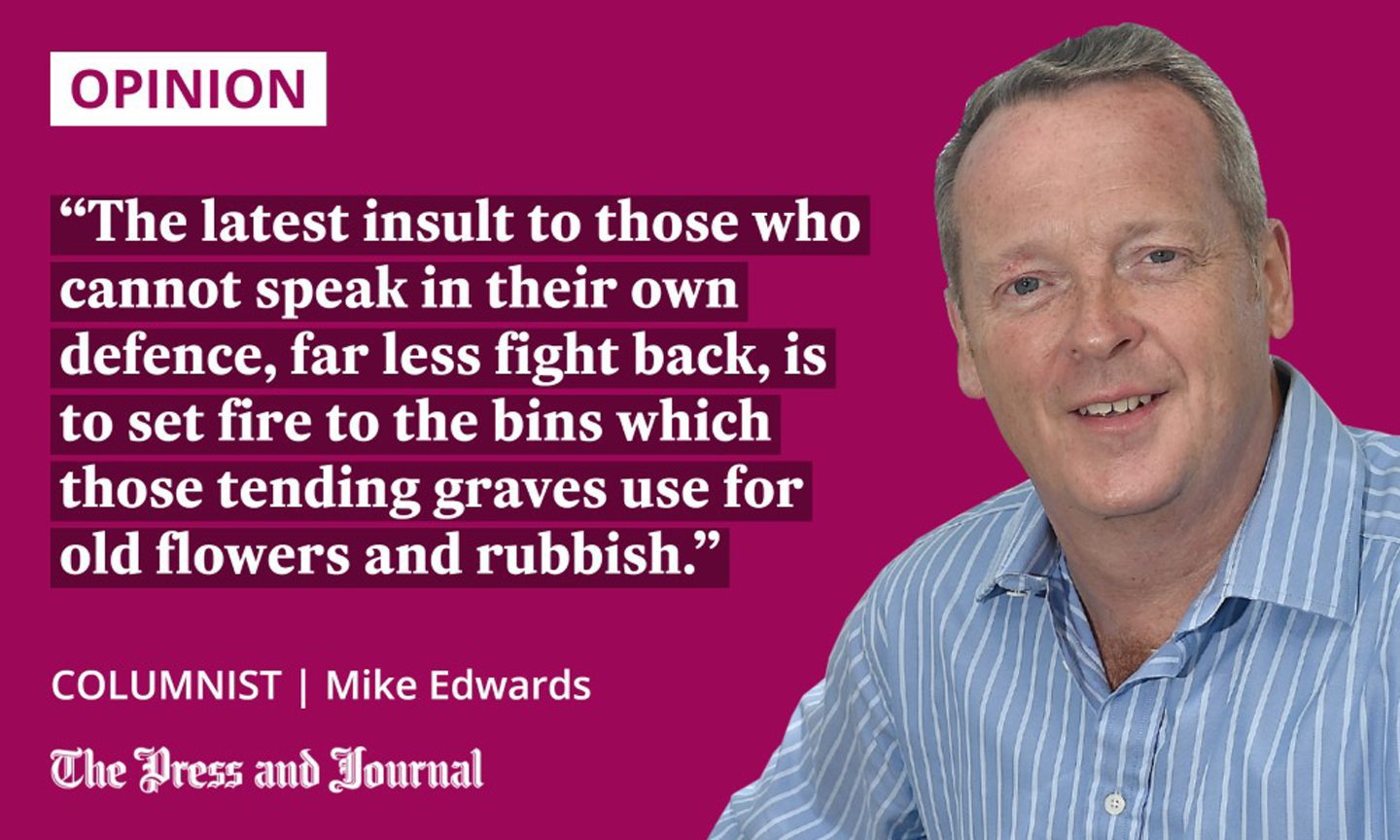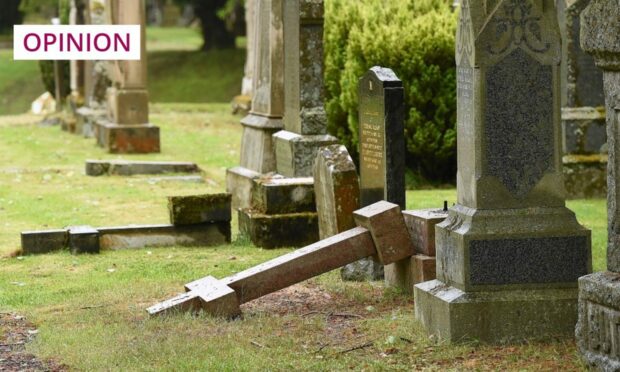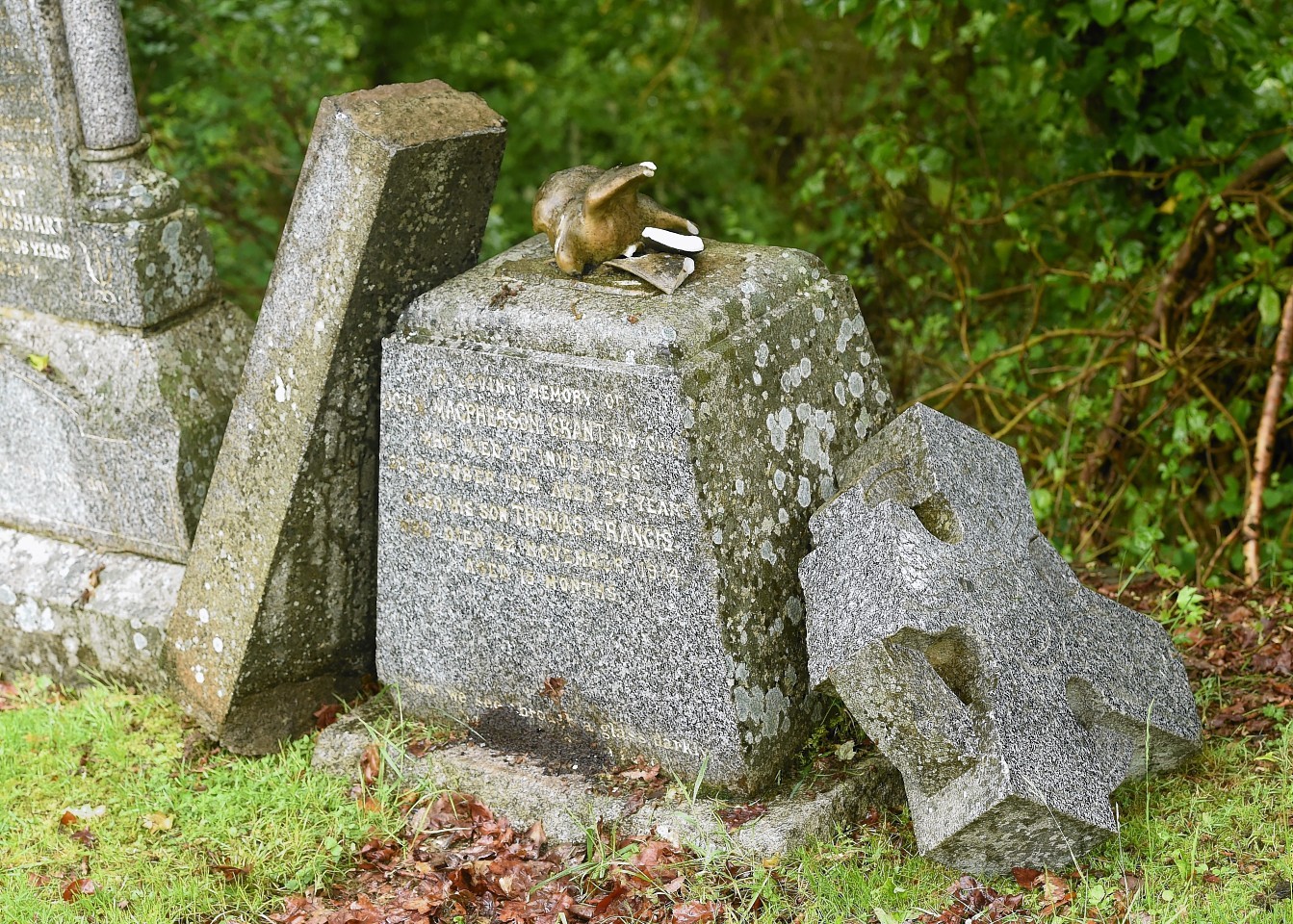They exist all over the world, and each is special in its own way – Forest Lawn in Los Angeles, Highgate in London and Père Lachaise in Paris.
Down many years I have visited them all and stood at the graves of Humphrey Bogart in California, Karl Marx in the UK and Oscar Wilde in France. These cemeteries are remarkable tourist attractions in themselves, and wonderful places to experience the history of the big names. But the most special cemetery to me is Tomnahurich in Inverness, where no celebrities, that I am aware of, lie in rest. Rather, my family.
It could be the newspaper man in me. It might be that nose for a story, which will die with me and one day lie with me beneath Scotland’s soil in the same Tomnahurich, which gives me the buzz in a cemetery.
Behind each name and collection of dates on every headstone, there is a story – a story of one taken too young, a child or a young person, possibly, and then the passing too soon afterwards from grief, perhaps, of the parent or spouse. They are fascinating and thought-provoking places.

Equally, it could be the blame of Frederick Forsyth, my first favourite novelist, who had me rapt far too young with his masterpiece, The Day of the Jackal. I suspect the authorities have cottoned on to the idea by now, given the complex fight against terror and the clampdown on illegal migration, but his anti-hero – whose name we never knew, other than the moniker “Jackal” – visited a cemetery in the Home Counties and found the headstone of a dead boy called Alexander Duggan.
Obtaining his birth certificate through legal means, the Jackal used the document to get a driving licence and then a passport in his name and, suddenly, Duggan lived again; the legend, as it is known in that murky business, was one of the identities he used in his attempt to assassinate De Gaulle.
Actually, I know it is neither of these things. I have that special feeling in cemeteries because I was taught at an early age about respect for the dead and how their memory should be treated.
I learned lessons about respect, life and death
Tomnahurich, the hill of the yew trees to those whose mother tongue isn’t Gaelic, or hill of the fairies to the romantics, is five minutes from the house where I grew up. Come rain, hail or shine, I went there every Sunday with either or both my parents. This visit was a homage to departed grandparents or, more prosaically, to tend to their graves.
My father was an exquisite gardener and he eschewed the services offered by the local council. Instead, he put down any number of different plants and shrubs and mowed and rolled the grass by hand. My grandparents’ graves were immaculate.
Any opprobrium I may have had to these visits was very quickly rejected out of hand and, with thinly-veiled threats of grounding (not that it was called that in those days), I was bundled into the back of the car to join the pilgrimage.
And, do you know what? Now I know they were right, and I’m glad they did what they did. In those hours of contemplation and retrospect, standing in the rain, freezing cold or baking heat, I learned many lessons from them about respect, life and, therein, death. Lessons I wish today’s visitors, or should I say shortcutters, should have learned.
Reduced to an unkempt, unloved shortcut
Highland Council’s regard for the dead in Tomnahurich is woeful, contemporaneous with how they pander to those who use the most sacred site in Inverness as a thoroughfare. I have seen families passing through, letting children run wild or cycle hither and thither, while their dogs defecate on graves. It’s abhorrent. Time has long passed for one of the two gates into the cemetery to be permanently closed, cutting off the conduit.
When I visit these days, I look through my fingers. A landslip last year saw gravestones upended and left dangling precariously alongside fallen trees. It looked awful and has been simply ignored. Piles of branches and rubbish block paths, forcing people to walk on graves.
Tomnahurich cemetery used to be a beautiful place of tranquility, contemplation and remembrance, where people could be close to a loved one
Whoever runs the cemetery, instead of working to remediate the landslip, has identified hundreds of gravestones which are in danger of falling over by ringing them in a cursory band of black and yellow tape. This, of course, has attracted the local vandal cohort, which took great delight in solving the problem by knocking them over.
The latest insult to those who cannot speak in their own defence, far less fight back, is to set fire to the bins which those tending graves use for old flowers and rubbish.
Tomnahurich cemetery used to be a beautiful place of tranquility, contemplation and remembrance, where people could be close to a loved one. Now it is an unkempt, unloved shortcut for the disrespectful, the uncaring and the mindless vandal. It is an insult to the living, which is bad enough. But to insult the dead is unpardonable.
Mike Edwards OBE was the face of the evening news on STV for more than 25 years and is a published author, a charity trustee and a serving Army Reservist

